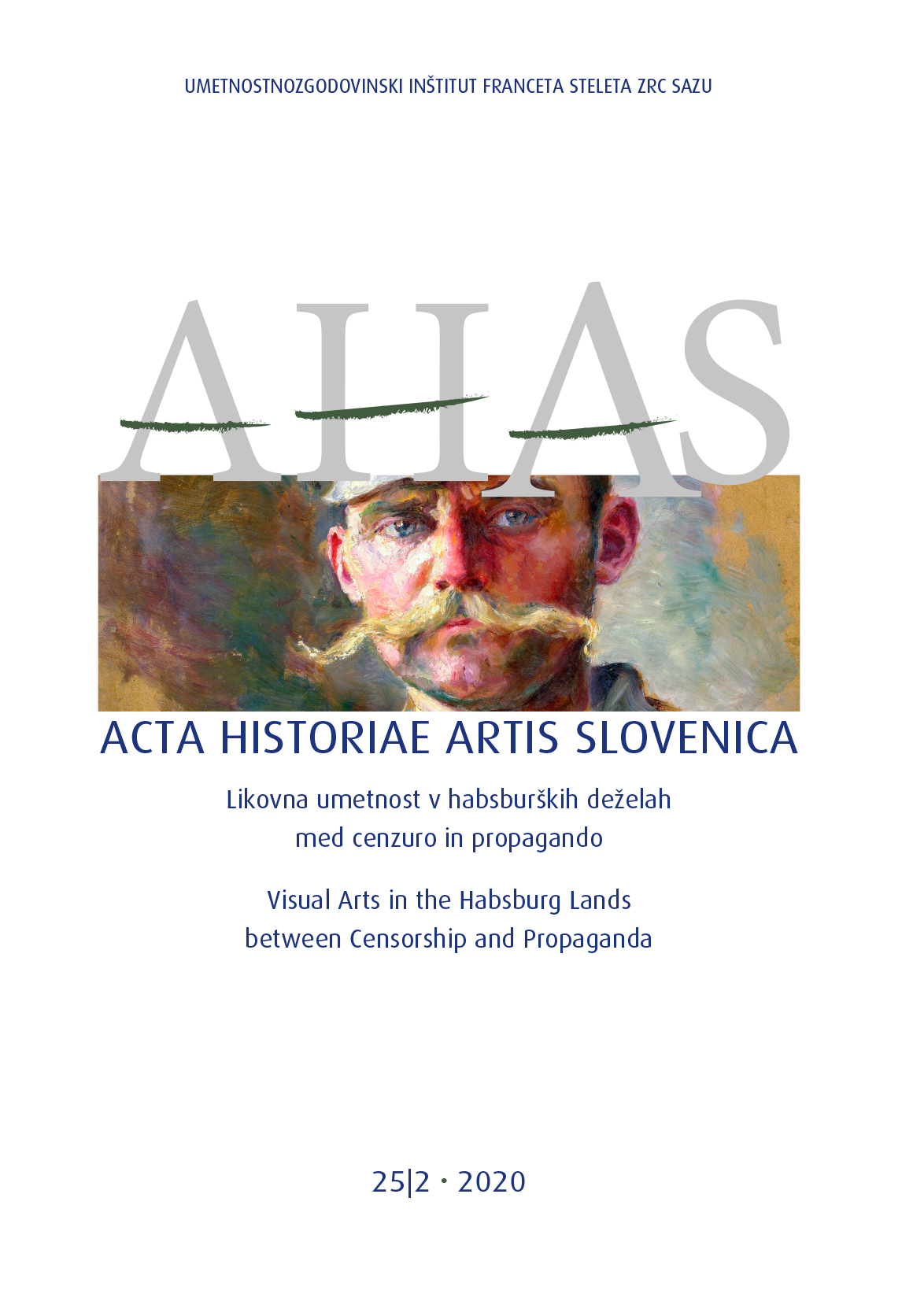National Houses in Moravia and Austrian Silesia before 1914
Architecture and Fine Arts as an Opportunity for the Manifestation of National Allegiance
DOI:
https://doi.org/10.3986/ahas.25.2.09Keywords:
National Houses, history of architecture, nationalism, Moravia, Austrian Silesia, Deutsches HausAbstract
National Houses are one of the phenomena not only of the architecture but also of the national revivals in the territory of the Habsburg Empire in ca. 1850–1914. These centres of social life were built by clubs and associations, not just as their private seats, but to attract a greater audience and boost national enthusiasm through theatre plays, balls, fests, lectures, or welcoming restaurants. In the case of Moravia and Silesia, these houses were built by Czechs, Germans, and Poles.
It is evident that buildings with such clearly nationally orientated functions allowed for national propaganda to reach out to their surroundings as well as their visitors. This was accomplished by several means: the architectural style itself; the iconography of architectural decoration and works of art; the festivities accompanying the ceremonial openings of national houses and the speeches given at these events; the campaigns led by the press to defame opposing national houses and their visitors, as well as so-called ‘renegades’. Thus, the paper presents a connection between architecture and national propaganda and demonstrates it through specific examples in a broad period context.
Downloads
Downloads
Published
How to Cite
Issue
Section
License
Copyright (c) 2020 ZRC SAZU in avtorji

This work is licensed under a Creative Commons Attribution-NonCommercial-NoDerivatives 4.0 International License.
Authors guarantee that the work is their own original creation and does not infringe any statutory or common-law copyright or any proprietary right of any third party. In case of claims by third parties, authors commit their self to defend the interests of the publisher, and shall cover any potential costs.
More in: Submission chapter




